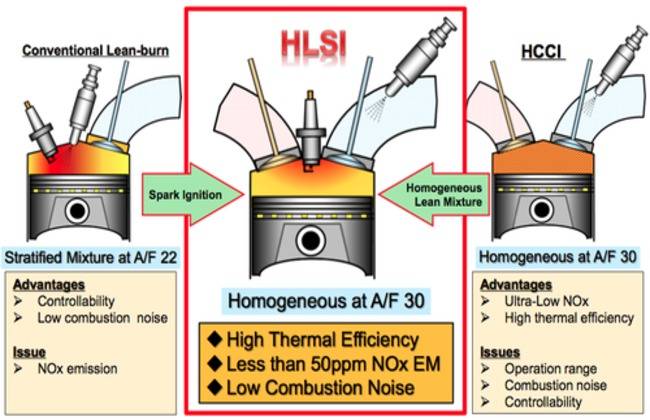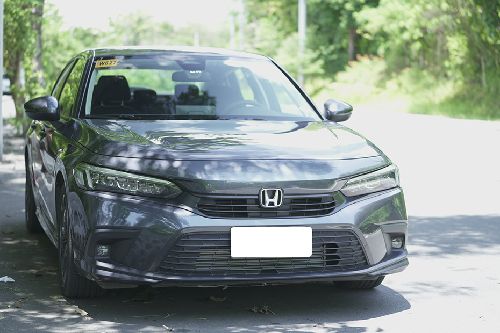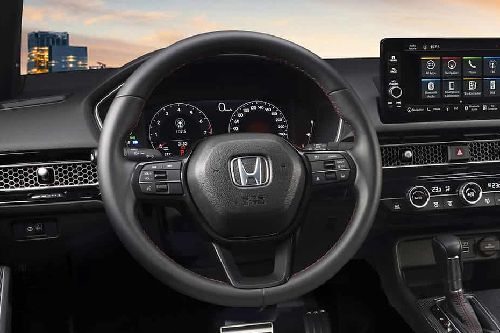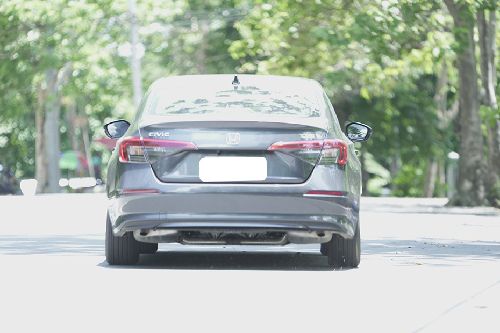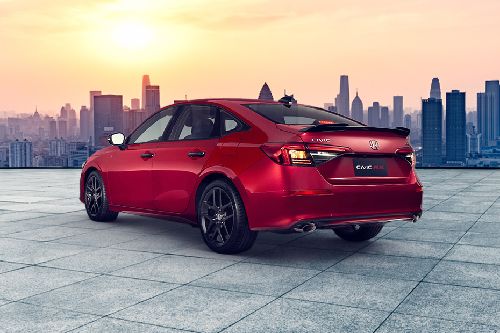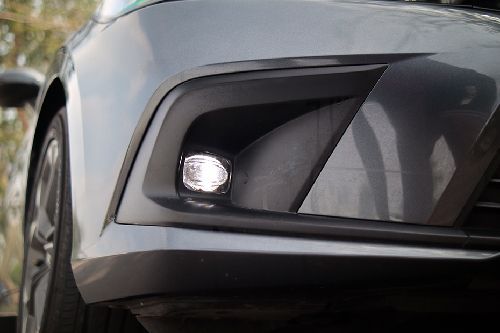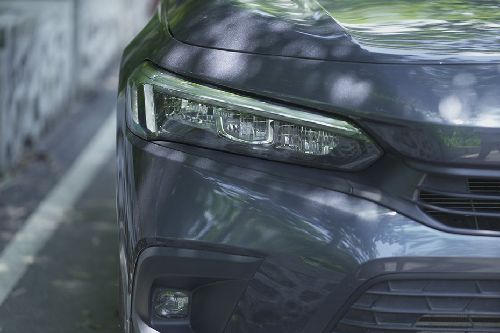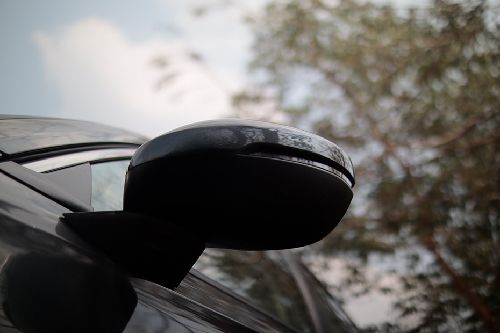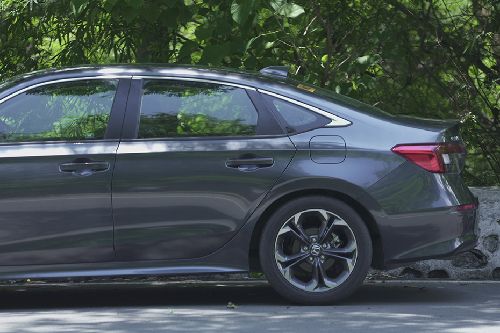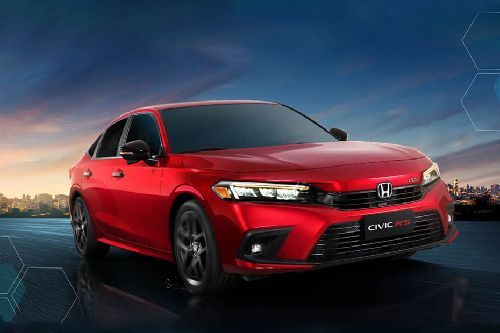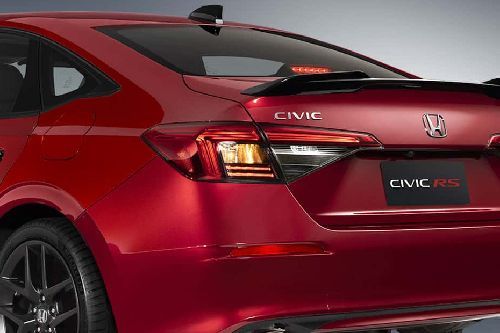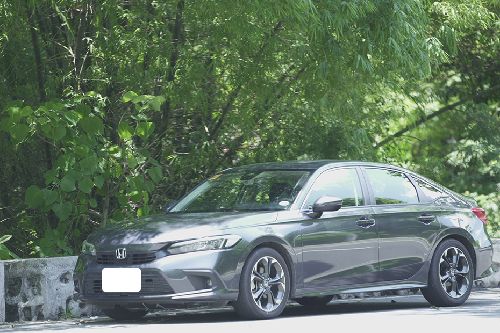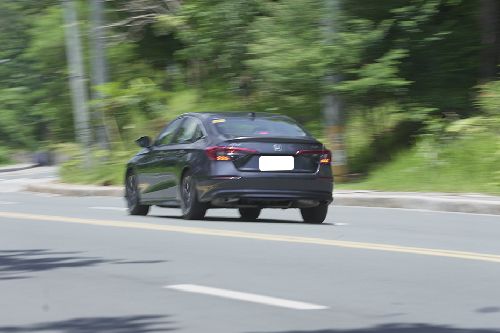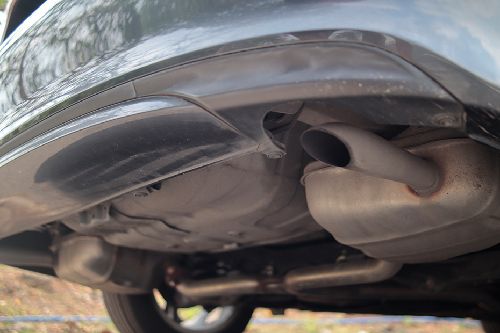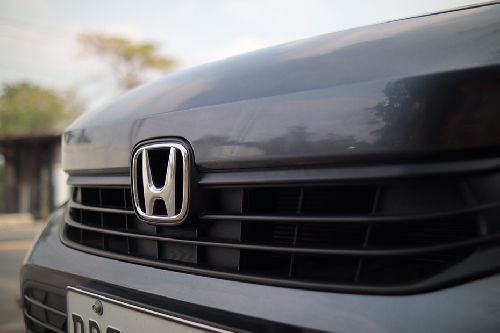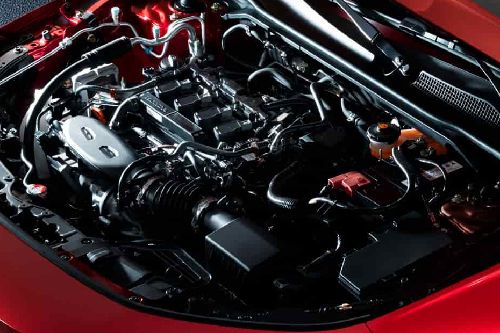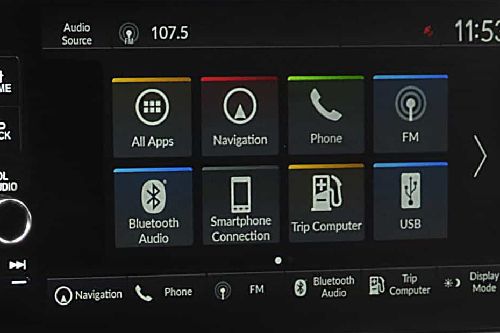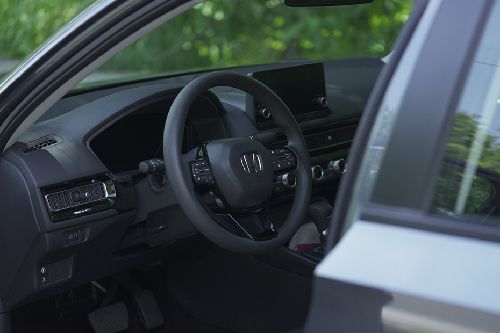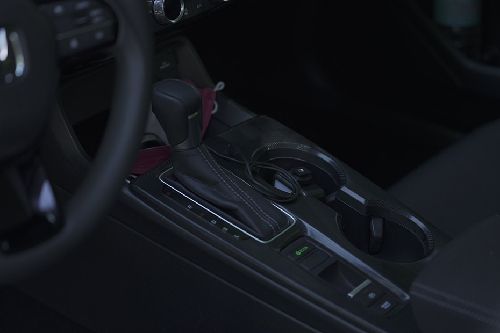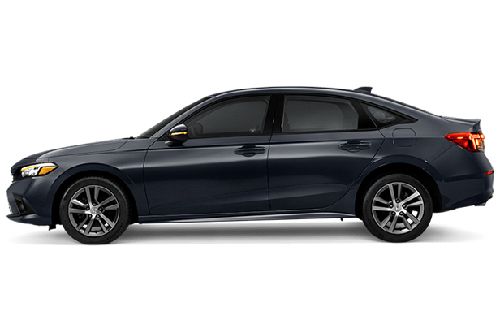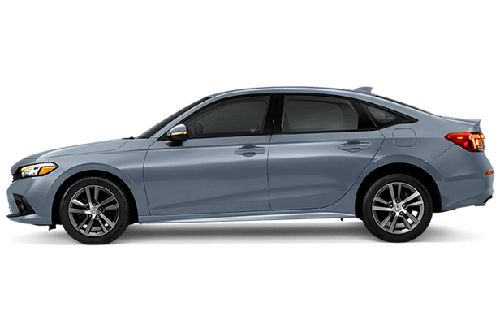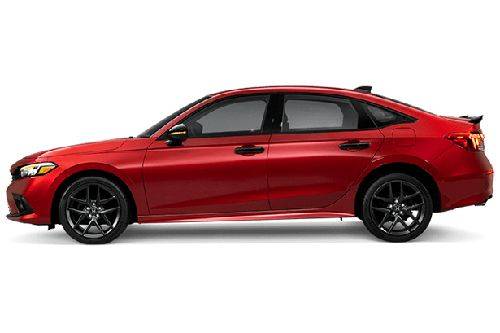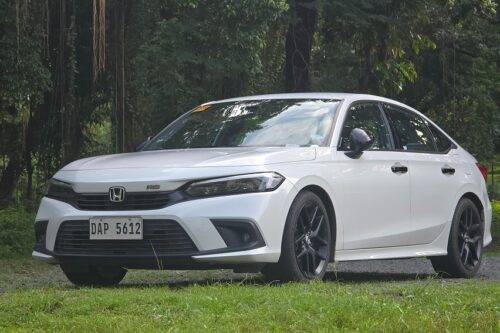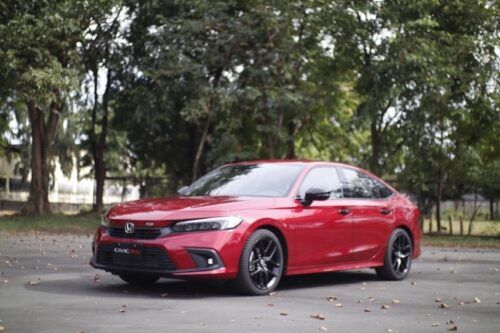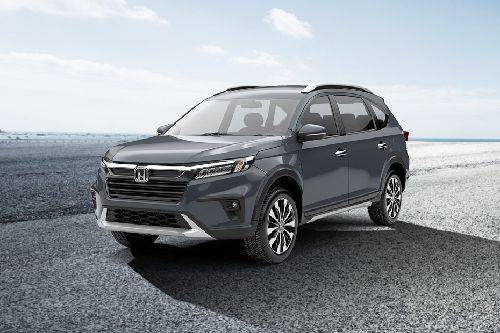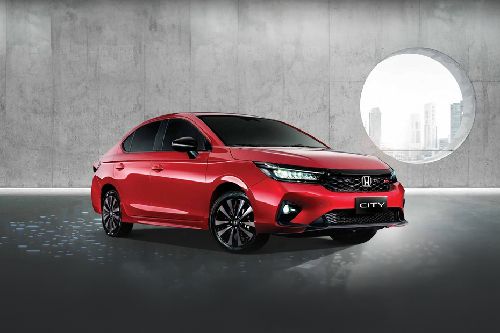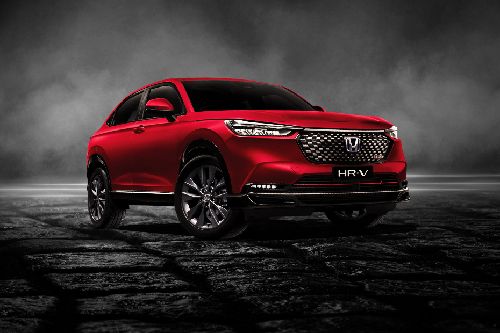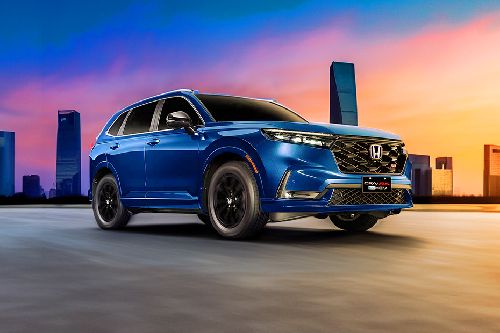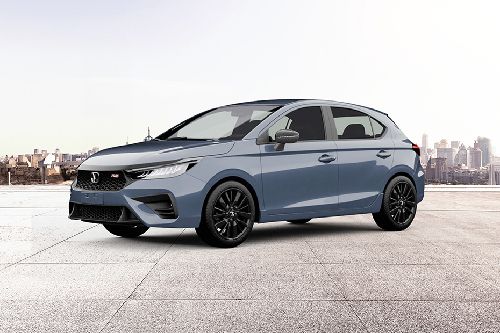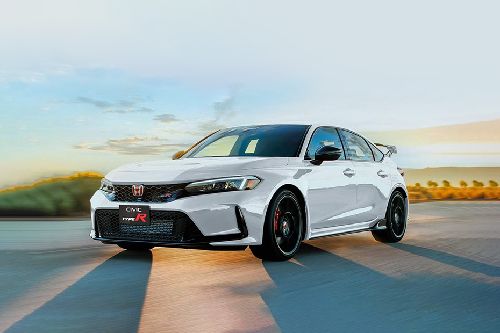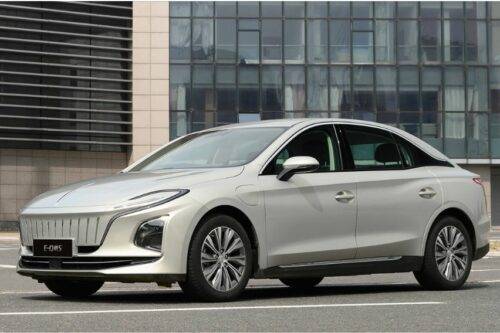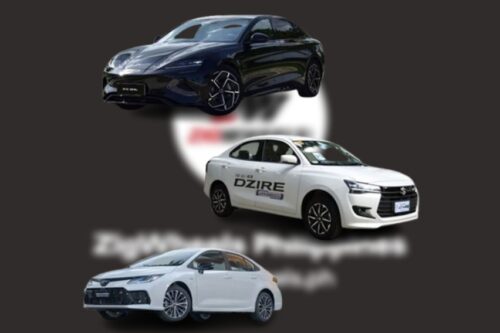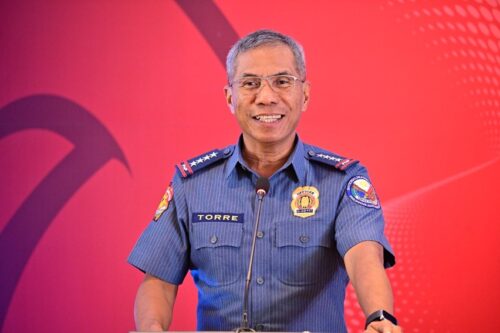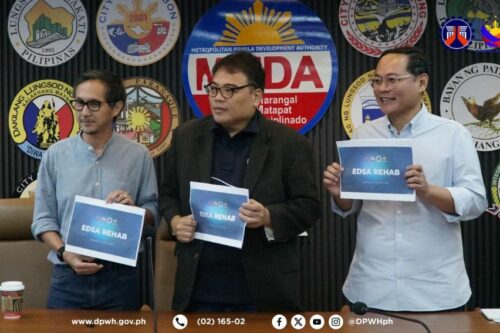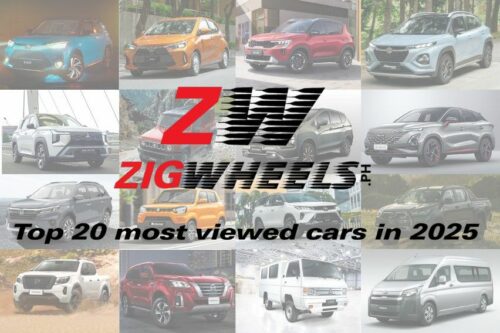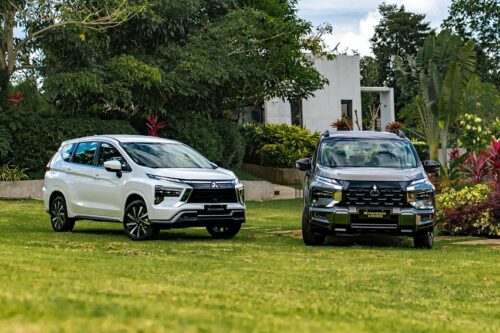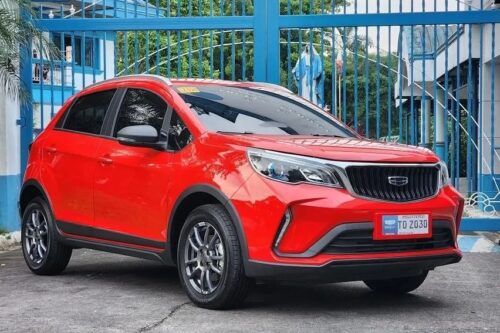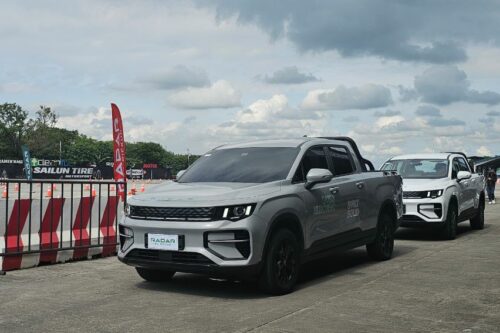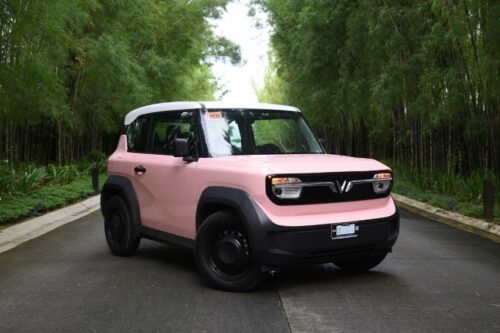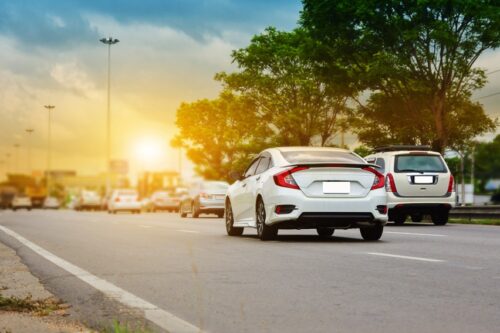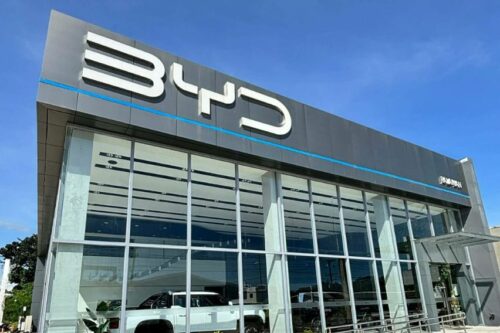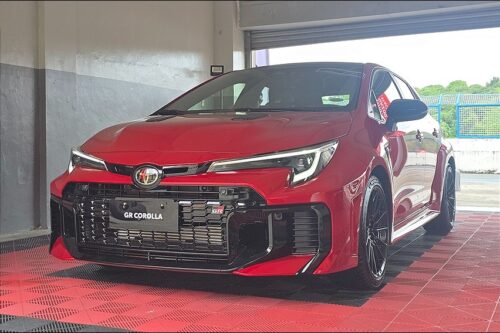Technologies that Mark the Evolution of Car Engines Over Time
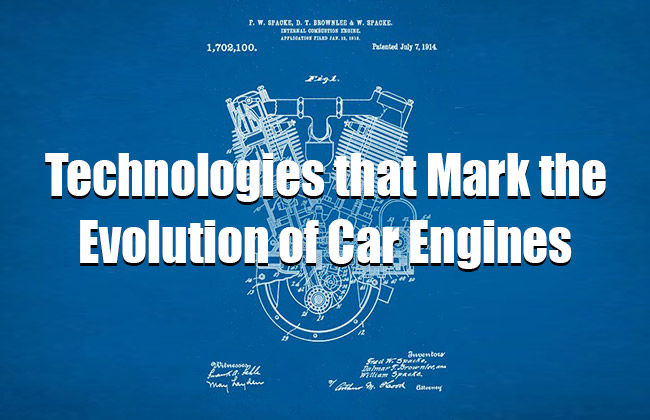
Although the Internal Combustion engine (car engines for the non-geeks) was first developed back in 1860, the idea and notable examples of a crank and rod driven mechanism has existed since the 3rd century. With Karl Benz receiving a patent for the first internal combustion engine powered automobile in 1879, the world soon saw how these fuel guzzling abominations became an essential part of our lives. As there’s a lot of difference between the vehicles back in the 19th century and now, their respective drivetrains too have seen their fair share of changes. Although their cosmetic changes are too many to be described in a single article, let us focus on those innovative technologies that pretty much changed the way your vehicle’s drivetrain functions. Here are some essential engine technologies in Internal Combustion Engines.
1. EGR System
The first implementation of the EGR or Exhaust Gas Recirculation system was seen in 1973. This system included a vacuum controlled recirculation valve that prevented the exhaust gases from re-entering the intake tract unless the engine reached optimal operating temperature. This allowed instantaneous operation of the engines and also reduced problems such as overheating and made the engine more fuel efficient. Nevertheless, this technology was also deemed outdated in the wake of more advanced limiters and fuel injection systems but is still a recurring feature on modern day engines.
2. Electronic Ignition
Have you come across older diesel engines that need to be manually revved up? Although its been a long time since such primitive technology was featured on a vehicle, this is certainly due to the convenience provided by the implementation of electronic ignition. While manual ignition systems became an acceptable norm in 2 wheelers, you certainly don’t wanna waste your energy in manually firing up an engine that powers your 4x4. Electronic ignition not only made it easier to start your vehicles with the simple turn of a key, but also made driving a more heterosexual affair. Today, the key system has been replaced by several gimmicks such as a start/stop button and voice sensor etc. but the core technology still remains the same.
3. Different Air/Fuel Ratio
Before the development of computer controlled fuel injection systems, most internal combustion engines used a predetermined mix of air and fuel to receive the required output. But the things took a drastic change when the concept of ‘lean burn’ was brought into the equation. The new air/fuel ratio increased the amount of air that was injected along the fuel, allowing for an optimized fuel consumption and lower carbon emissions. The technology was introduced by Chrysler through the use of computer controlled sensors and was later popularized through its use in Honda Civic hatchback during the 70s.
4. Electronic Fuel Injection and Direct Injection
While mechanically injected fuel was certainly a technological breakthrough in the past, the introduction of computer controlled fuel injection brought about the next phase of advancement for the internal combustion engine. This allowed for the fuel injection to become even more precise and timed that allowed for a much better engine performance and fuel-efficiency. This feat was further improved by the introduction of Direct injection systems that introduced the fuel with a much higher pressure in the combustion chamber, providing a higher and instantaneous power output.
With the arrival of Hybrid drivetrains and Electric powered engines, it is certain that these beloved gasoline powered monstrosities will keep on evolving with technology. But the abovementioned additions sure display how the engines and automotive technology has changed over time.
Sell your car at the best price
 Verified and genuine buyers
Verified and genuine buyers
-
Explore Honda Civic
Honda Civic Related Stories
- News
- Featured Stories
- Expert Review
Honda Car Models
Don't Miss
Trending & Fresh Updates
- Latest
- Popular
You might also be interested in
- News
- Featured Stories
Honda Featured Cars
- Upcoming
- Popular
Latest Honda Civic Car Videos on Zigwheels

Compare & Recommended
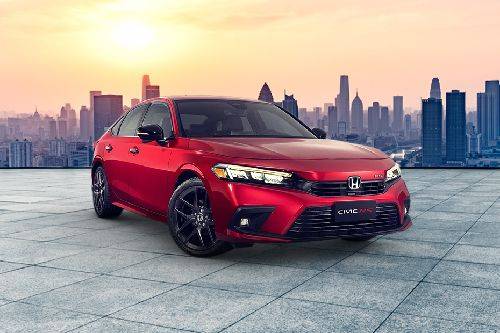
|
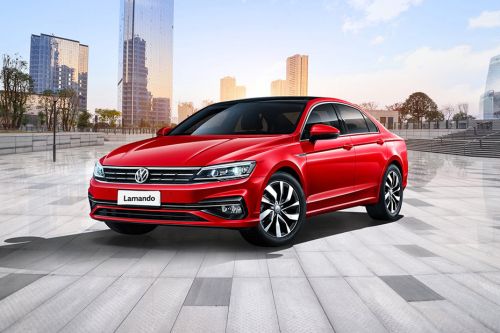
|
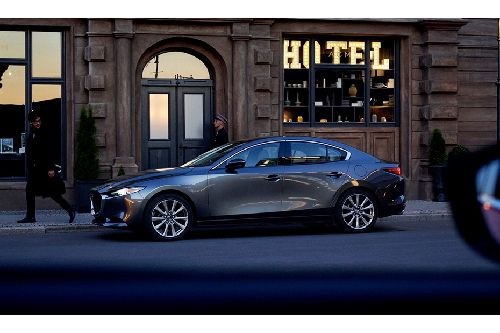
|

|
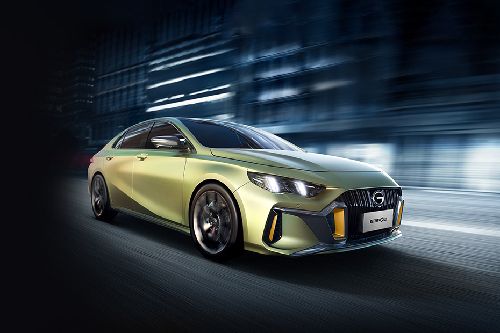
|
|
Ground Clearance
134 mm
|
-
|
135 mm
|
128 mm
|
125 mm
|
|
Seating
5
|
5
|
5
|
5
|
5
|
|
Fuel Type
Gasoline
|
Gasoline
|
Gasoline
|
Gasoline
|
Gasoline
|
|
Engine
1498
|
1395
|
1998
|
1798
|
1497
|
|
Power
176
|
148
|
153
|
138
|
168
|
|
Torque
240 Nm
|
250 Nm
|
200 Nm
|
153 Nm
|
270 Nm
|
|
Transmission Type
CVT
|
Automatic
|
Automatic
|
CVT
|
Automatic
|
|
|
Trending Sedan
- Latest
- Upcoming
- Popular
Honda Civic Car Articles From Carmudi
- journal


